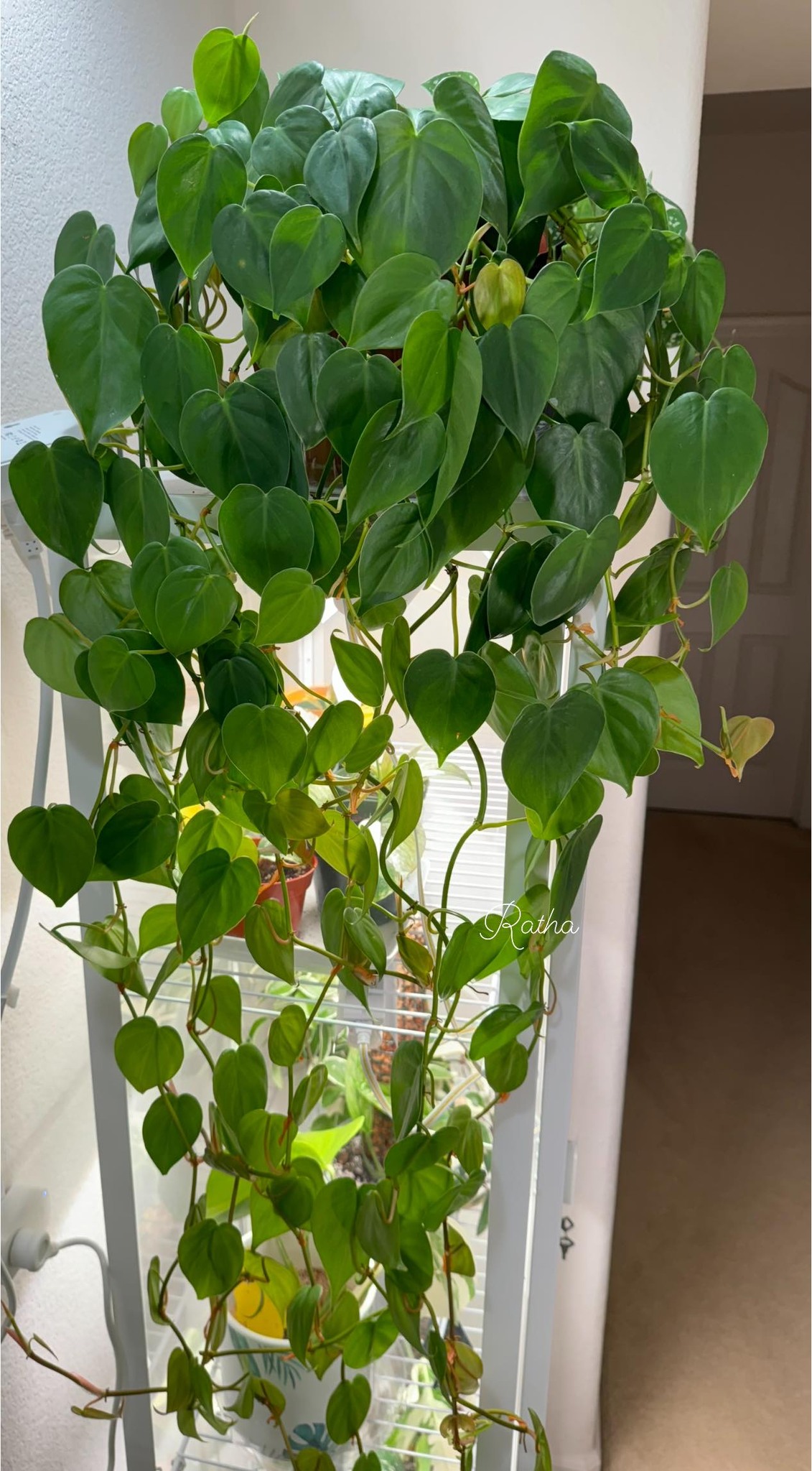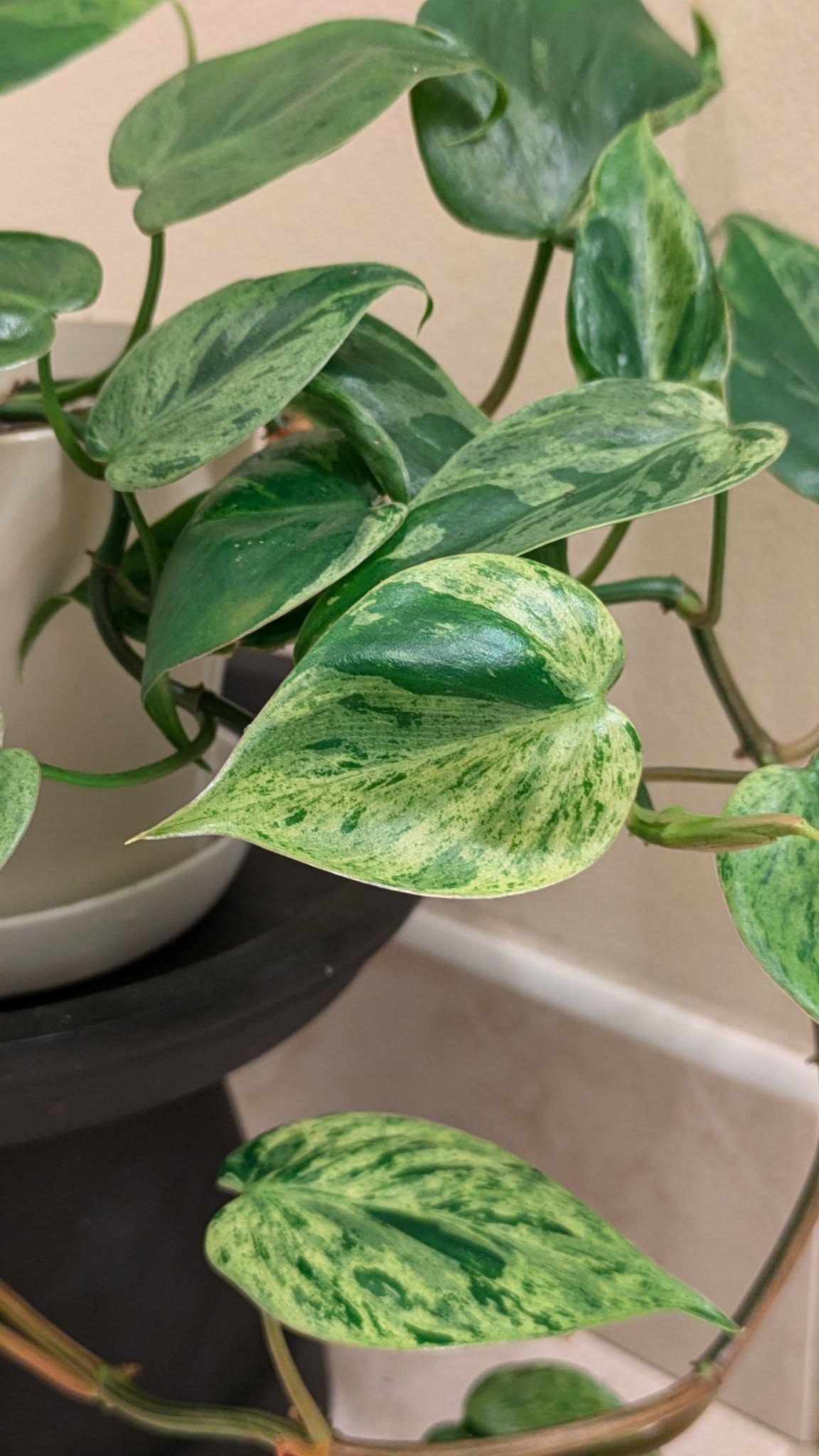
The Heart Leaf Philodendron (Philodendron hederaceum) is a beloved houseplant known for its trailing vines and heart-shaped leaves. This tropical beauty is not only easy to care for but also an excellent choice for both beginners and seasoned plant lovers. With the right care, your Heart Leaf Philodendron can grow into a lush, cascading spectacle, adding a touch of green elegance to any space. But what does it take to keep this plant thriving? Let’s dive into the ultimate care guide for this stunning foliage plant.
Why the Heart Leaf Philodendron is a Plant Lover’s Dream

- Low Maintenance: Thrives with minimal effort, making it perfect for beginners.
- Air-Purifying: Helps remove toxins from indoor air, improving air quality.
- Fast Growing: Produces long, trailing vines that can reach several feet, creating a dramatic visual effect.
- Adaptable: Tolerates various light conditions and humidity levels, making it suitable for different environments.
How to Care for a Heart Leaf Philodendron
1. Light Requirements
The Heart Leaf Philodendron is highly adaptable when it comes to lighting, but what’s the best light to keep it happy?
- Bright, Indirect Light: Ideally, place your plant near a window with filtered sunlight. Too much direct sunlight can cause leaf scorch, while too little light can lead to leggy growth.
- Low Light Tolerance: Although this plant can survive in dim conditions, it will not thrive as vigorously. Growth may slow, and the leaves may become smaller and paler.
- Artificial Lighting: If natural light is insufficient, consider using grow lights to supplement light exposure, especially during winter months.
- Rotating the Plant: Turn your plant every few weeks to ensure even growth and prevent it from leaning toward the light source.
2. Watering Schedule
How often should you water your Heart Leaf Philodendron?
- Water When the Soil is Dry: A good rule of thumb is to water when the top inch of soil feels dry. If you overwater, the roots may rot, and if you underwater, the leaves may droop.
- Use Lukewarm Water: Cold water can shock the roots and stunt growth. Room temperature water is best.
- Avoid Overwatering: Waterlogged soil can lead to fungal diseases and root rot. Always check soil moisture before watering.
- Drainage is Key: Ensure your pot has drainage holes to prevent water from pooling at the bottom. If using a decorative pot, remove excess water from the saucer after watering.
3. Humidity and Temperature Needs
Since this plant originates from tropical regions, what conditions mimic its natural habitat best?
- Ideal Temperature: The optimal temperature range is between 65°F and 80°F (18°C to 27°C). It can tolerate slightly cooler temperatures but will struggle if exposed to prolonged cold conditions.
- Loves Humidity: As a tropical plant, it thrives in moderate to high humidity. If your indoor air is dry, consider increasing humidity levels to keep your plant happy.
- Dry Air Solution: Use a pebble tray filled with water, mist the leaves occasionally, or place the plant near a humidifier to maintain adequate moisture levels.
- Avoid Cold Drafts: Keep your Philodendron away from cold drafts, air conditioners, and heating vents, as sudden temperature changes can stress the plant and cause leaf drop.
4. Best Soil Mix
What kind of soil does a Heart Leaf Philodendron need?
- Well-Draining Potting Mix: A light, airy soil mix with good drainage is essential. A combination of peat moss, perlite, and orchid bark works well.
- Avoid Heavy Soil: Dense, compact soil retains too much moisture and can suffocate the roots, leading to rot.
- Nutrient-Rich Soil: Choose a soil mix enriched with organic matter to provide essential nutrients for healthy growth.
- Refreshing Soil: Repotting with fresh soil every couple of years helps replenish nutrients and prevent compaction.
5. Fertilizing Your Philodendron
When and how should you feed your plant?
- Use Balanced Fertilizer: A liquid, balanced fertilizer with an N-P-K ratio of 20-20-20 or similar is ideal for promoting lush growth.
- Feed Monthly: During the growing season (spring and summer), fertilize every 4–6 weeks to support vigorous growth.
- Reduce in Winter: The plant’s growth slows in colder months, so fertilizing isn’t necessary during this time.
- Avoid Over-Fertilizing: Too much fertilizer can lead to leggy growth, salt buildup in the soil, and leaf burn.
6. Pruning and Maintenance
How do you keep your Heart Leaf Philodendron looking its best?
- Regular Pruning: Trim leggy vines to encourage fuller growth and maintain a tidy appearance.
- Remove Yellow Leaves: If leaves turn yellow, trim them off to help the plant focus on producing healthy new growth.
- Wipe Leaves: Dust can accumulate on leaves, blocking light absorption. Wipe them with a damp cloth periodically.
- Support and Styling: Train vines on a moss pole for vertical growth or let them cascade naturally from a hanging pot for a beautiful trailing effect.
7. Propagation: Growing More Plants from Cuttings
Want more Heart Leaf Philodendrons? Propagation is easy!
- Choose a Healthy Vine: Select a healthy stem with at least two nodes (small bumps where leaves and roots grow).
- Water Propagation: Place the cutting in a jar of water and refresh the water every few days. Roots should appear within 2–4 weeks.
- Soil Propagation: Dip the cutting in rooting hormone and plant it directly in moist soil for faster establishment.
- Keep Humid: Cover the cutting with a plastic bag or dome to retain humidity until new growth appears.
8. Common Problems and How to Fix Them
Even easy-care plants can run into issues. Here’s how to troubleshoot common problems:
Yellow Leaves
- Cause: Overwatering or nutrient deficiency.
- Solution: Let the soil dry before watering and feed with a balanced fertilizer.
Leggy Growth
- Cause: Insufficient light.
- Solution: Move to a brighter location and prune leggy vines to encourage bushier growth.
Brown Leaf Tips
- Cause: Low humidity or over-fertilization.
- Solution: Increase humidity and reduce fertilizer application.
Drooping Leaves
- Cause: Underwatering or sudden temperature changes.
- Solution: Water thoroughly and keep away from drafts.
9. Repotting: When and How?
When should you repot your Heart Leaf Philodendron?
- Every 2–3 Years: If roots outgrow the pot or soil becomes compacted, it’s time to repot.
- Use a Larger Pot: Choose a container that is 1–2 inches larger in diameter to allow room for growth.
- Refresh Soil: New soil provides nutrients and enhances root health.
- Water After Repotting: Helps reduce transplant shock and promotes root establishment.
